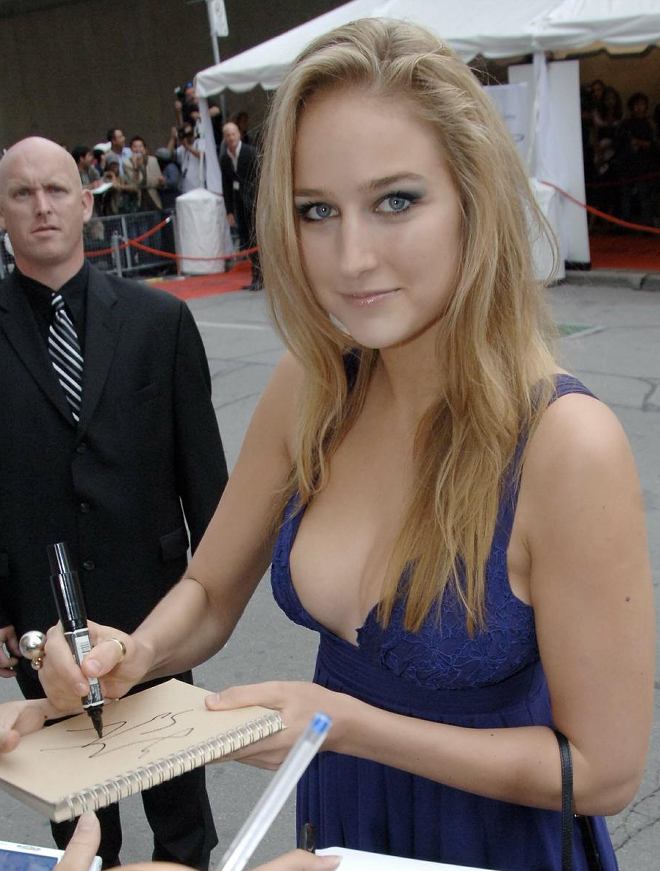Empress Maria-Theresa
She had always dreamt of a prestigious alliance with the French kingdom, and settling in the most famous kingdoms in Europe one of her daughters. Little did she know how unfortunate her daughter's fate would become in the end. In her letters, she poured many advices on her last daughter in order to secure her place in the French court, notorious for being one of the cruelest. But because of some of her demands, she put Marie-Antoinette in danger. The French opinion thought that MA was still Austrian at heart and was ready to betray her new country while serving the Austrian interests.
King Louis XV. Louis XVI's grand-father. He had long hesitated before agreeing to the marriage between his grandson Louis-Auguste, born in August 1754, and the young archduchess. Nonetheless, this alliance was, in his eyes, probably a mean to get some revenge against the UK. Indeed, the French lost the 7-year War against England, and a marriage, a cooperation between France and Austria could be a solution against the English supremacy.
Louis XV was famous for being handsome, though quite shy. He was extremely loyal to his wife, the queen, with whom he had had numerous children. When she decided to stop having sexual relationships with him (because constant pregnancies started to wear her out), he began to have mistresses. The most famous ones are the Marquess of Pompadour, and Countess du Barry. The latter was Marie-Antoinette's biggest rival when she arrived in France, but this rivalry was in fact, only in MA's mind.
Louis XV was famous for being handsome, though quite shy. He was extremely loyal to his wife, the queen, with whom he had had numerous children. When she decided to stop having sexual relationships with him (because constant pregnancies started to wear her out), he began to have mistresses. The most famous ones are the Marquess of Pompadour, and Countess du Barry. The latter was Marie-Antoinette's biggest rival when she arrived in France, but this rivalry was in fact, only in MA's mind.
Chancelier Kaunitz
Minister Choiseul. He was rather a good politician but alienated Louis XV because of his "war" with Mme du Barry, Louis XV's mistress. The marriage between MA and Louis XVI was also one of his ideas, and Marie-Antoinette felt extremely grateful towards him. Unfortunately for him, after Louis XV's death, he never recovered from his feud with Countess du Barry, and Louis XVI never took him back as a minister, trying to erase everything that may remind him of his grandfather's failures to only keep what seemed good to him and for the kingdom.


















































